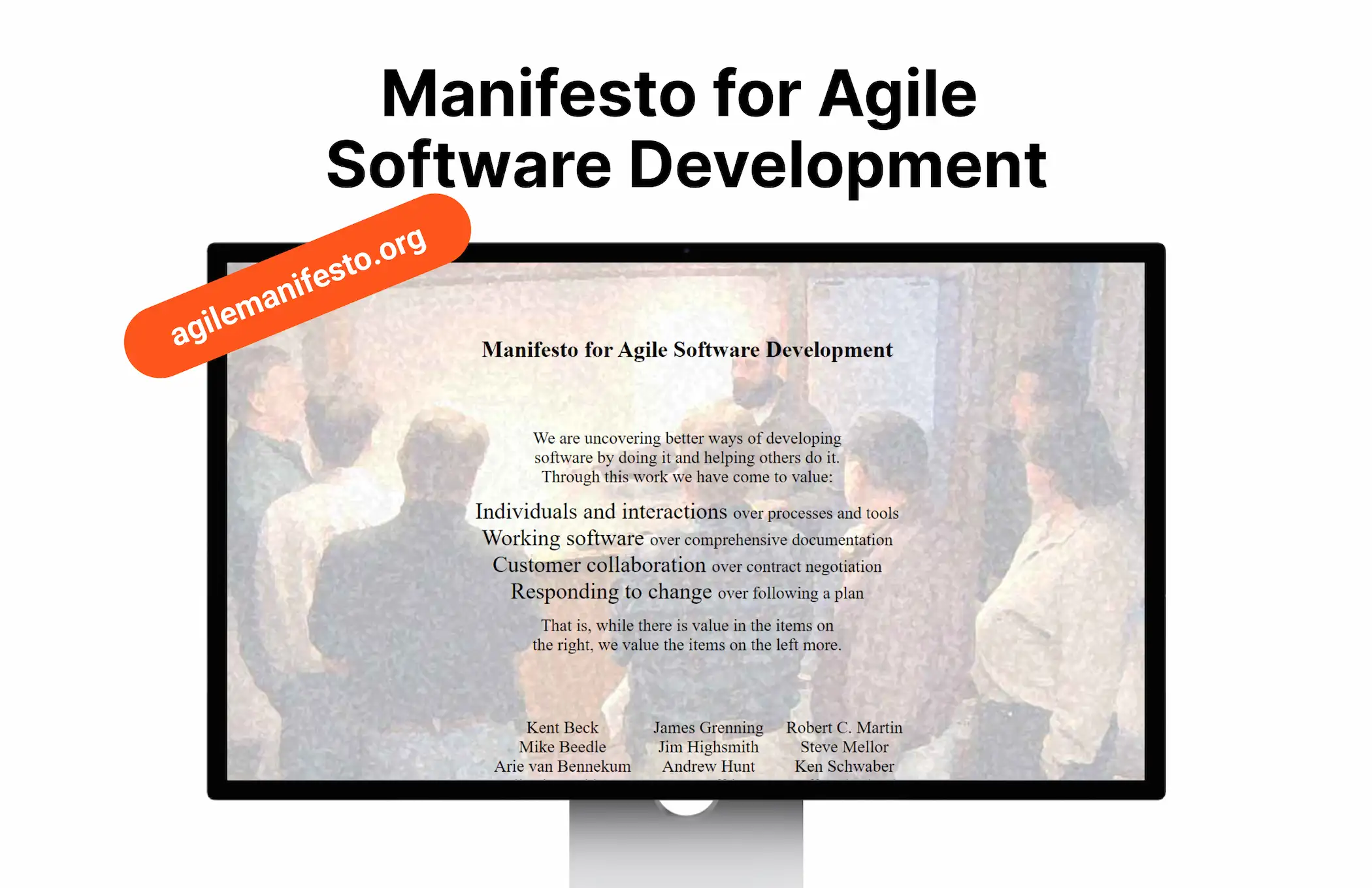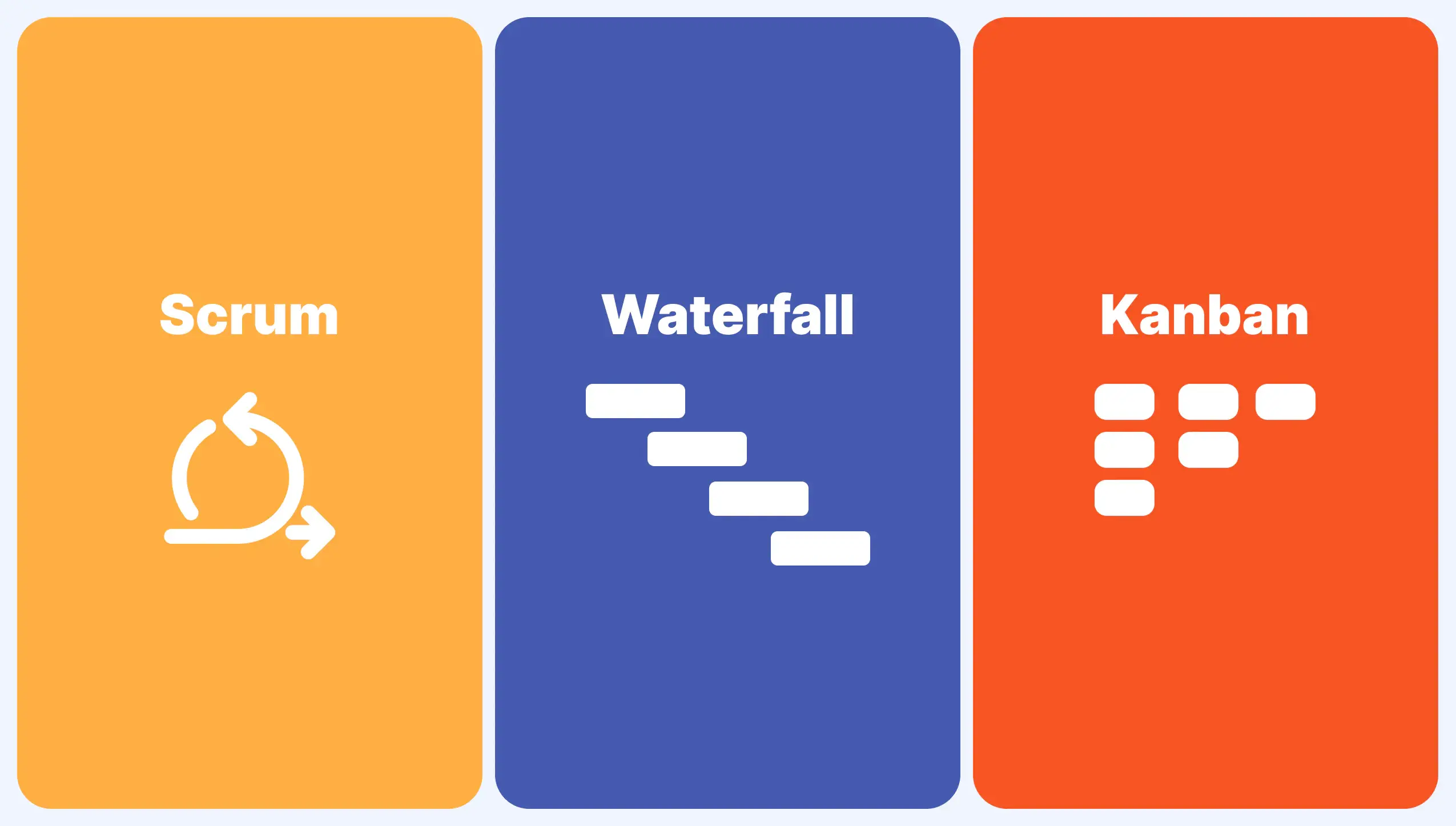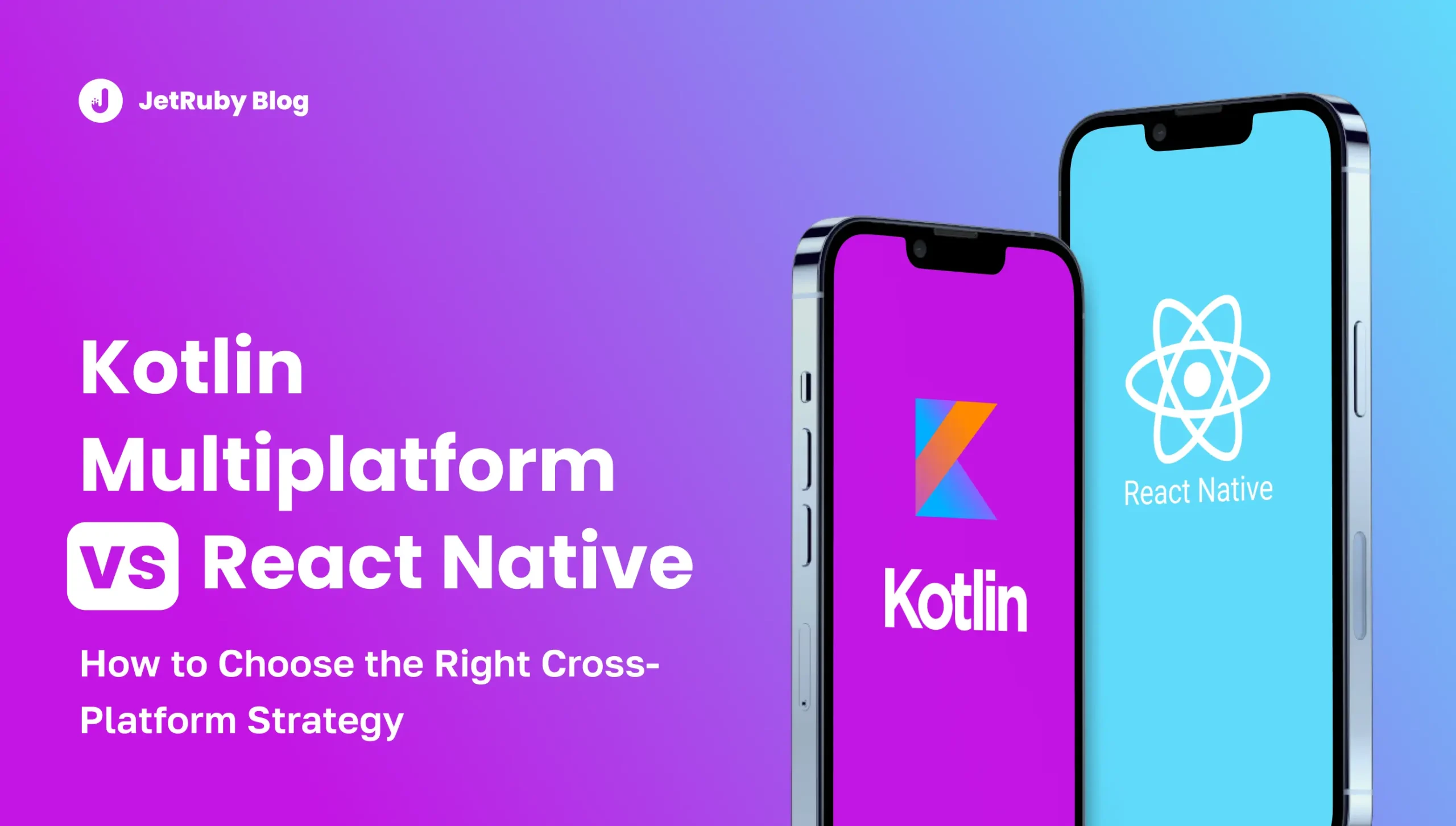Table of Contents
Agile is not just one specific method, but a generic name for various frameworks and methodologies that conform to the Agile Manifesto document. It was crafted by a group of skilled developers back in 2001 based on their own experience in optimizing the development process. Ultimately, Agile allows for maximum flexibility and responsiveness to the changes that are inevitable in the unpredictable world of software development.
For agile software development, we in JetRuby use specially selected tools, methods, and frameworks that help maximize productivity. We’ve developed these solutions through experience and collaboration with our clients. And when new methods and techniques appear, we boldly try to implement them.
In this article, we’ll take a look at the Agile approach as it is, compare it with a more traditional technique and figure out whether it actually works for any project.
Core Values

Agile development involves more than just adjusting to changes and technological advancements. It’s a set of methodologies well-documented in the Agile Software Development Manifesto. According to the manifesto developers have come to value:
- Individuals and interactions over processes and tools;
- Working software over comprehensive documentation;
- Customer collaboration over contract negotiation;
- Responding to change over following a plan.
Agile Trends
According to the State of Agile 2022 survey, 52% of the respondents said they implemented Agile to accelerate time to market. The ability to move quickly yet be predictable is a key benefit that stands out from a host of others.
The research has also shown that when people are satisfied with Agile practices in their organization, certain things are going well.
- 69% of respondents mentioned increased collaboration.
- 54% experienced better alignment to business needs
- 39% mentioned a better work environment and an increased visibility in the product’s development lifecycle.
Kanban vs. Scrum
Scrum and Kanban are two popular project management methodologies used to manage software development projects. Both Scrum and Kanban are part of Agile methodology.
Scrum is an iterative and incremental approach in which the team works in sprints to build a potentially shippable product increment each time. It follows a fixed set of roles, ceremonies, and artifacts including product backlog, sprint backlog, sprint planning, daily stand-up, sprint review, and sprint retrospective. Scrum is best suited for situations where requirements are not well-defined and the team needs to work collaboratively in an Agile environment to deliver a high-quality product.
Kanban, on the other hand, is a continuous flow methodology that focuses on minimizing work in progress (WIP) and delivering small chunks of work faster. Kanban is best suited for scenarios where the team has a steady stream of work and needs to maintain a consistent pace to avoid overburdening the system.
If you have a running application, Kanban is a suitable choice for managing your work. It can help you support your current clients more effectively as you can respond to their issues and bugs quickly. You can visualize the status of the work and prioritize tasks based on the criticality of the issue. It allows you to continuously improve your process and optimize the flow to provide better value to your clients.
If you are developing a new application, Scrum is a better option as it provides a framework to move in iterations. You can define a product backlog, prioritize the features, and work collaboratively in sprints to deliver potentially shippable increments. The Scrum framework ensures that you have a clear vision, well-defined roles, ceremonies, and artifacts, which can help you deliver a high-quality product efficiently.
Within the same team, these approaches can and will be combined in an existing application, as they allow development of new functionality, ensuring processing of Customer Experience Issues – what comes to the support service and requires a faster response.
Agile vs. Waterfall
So, Is Agile Better?
While Agile has its advantages, it’s not inherently “better” than other web development approaches. The choice of methodology depends on the specific project’s needs, the team’s preferences and capabilities, the client’s requirements, and various other factors.
That being said, here are some reasons why Agile might be considered better in certain contexts:
- Agile particularly suits projects with changing or evolving requirements. It allows teams to adjust their course as new information becomes available, reducing the risk of building a product that no longer meets the client’s needs.
- Agile focuses on delivering value to the customer and encourages frequent customer feedback. This ensures that the end product aligns closely with user needs and expectations.
- Agile’s sprints allow for more frequent releases of functional software, which can be advantageous for projects that require rapid development and deployment. Also, by breaking the project into smaller iterations, Agile reduces the overall project risk. If a particular iteration doesn’t go as planned, it impacts only a short time frame rather than the entire project.
- Agile methodologies promote a culture of continuous improvement. Teams regularly assess their processes and make adjustments to enhance productivity and product quality.
- Agile methodologies emphasize collaboration among team members, stakeholders, and customers. Regular meetings and open communication channels help prevent misunderstandings and keep everyone on the same page.
- Agile methodologies provide transparency into the development process through regular reviews and demonstrations of working software. This transparency helps build trust between the development team and stakeholders.
- Agile methodologies prioritize delivering features with the highest business value first, ensuring that the project delivers meaningful results early on.
However, it’s important to note that Agile might not be the best fit for every project. For instance, if a project has well-defined requirements that are unlikely to change, a more plan-driven methodology like Waterfall might be appropriate. Additionally, certain industries or regulatory environments might require a more structured approach. Ultimately, the choice of methodology should be based on a careful assessment of the project’s characteristics and requirements. Therefore some organizations even use hybrid approaches that combine elements of different methodologies to suit their specific needs.






